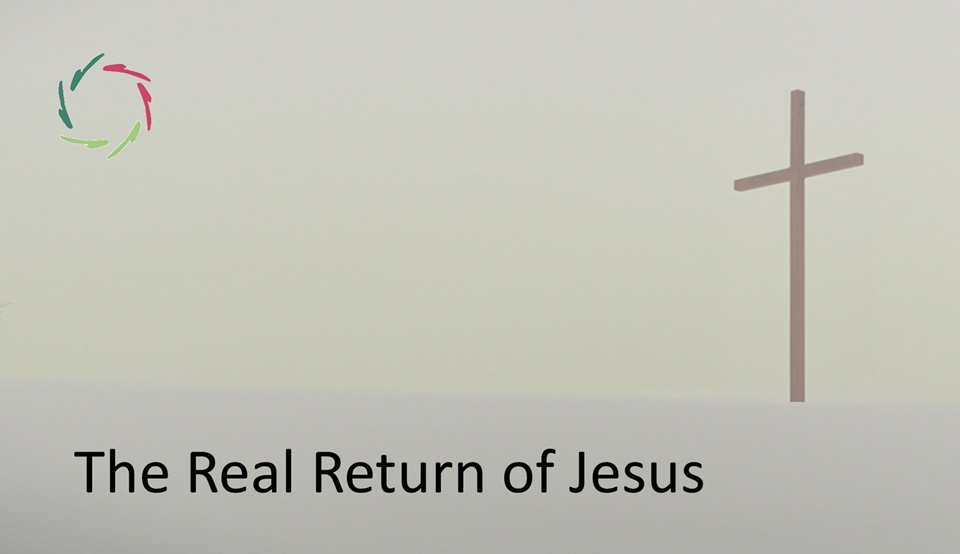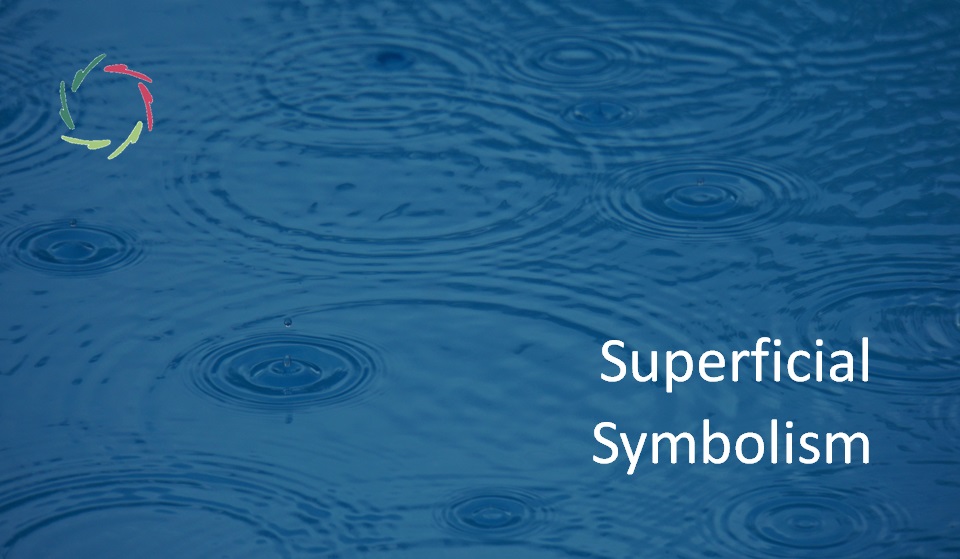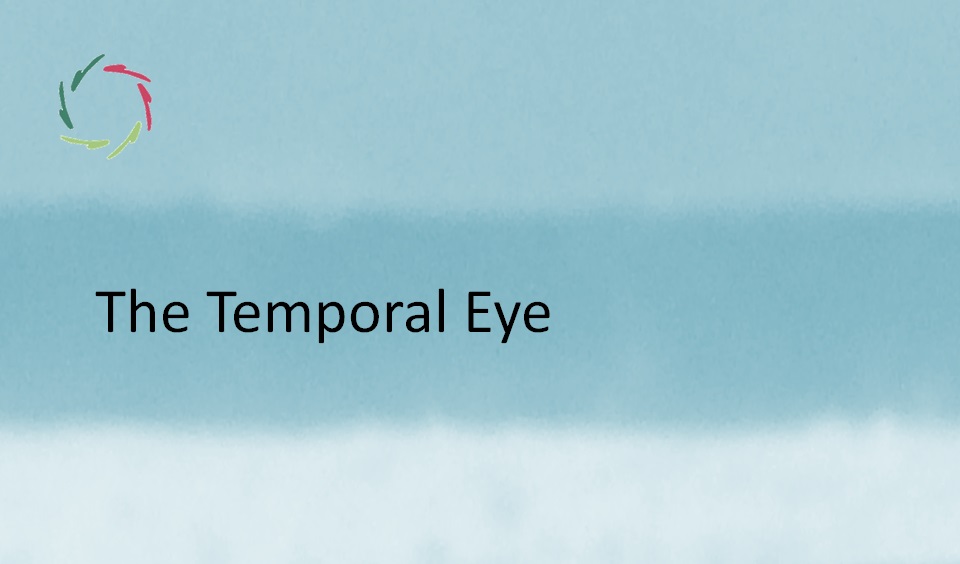Symbolism: How-To

Symbolism is invitation, from a to z. Invited is deeper meaning. ‘How-to’ should be sought at this level, bringing the symbol ever closer to YOU.
This text is about your experience.
It is not about any superficial kind of better or worse. It’s your doing, your experience, your depth.
Do something else and the experience has gone.
Not putting ‘things’ in the way
Anything that is not strictly needed in a symbolic context should be turned around seven times before gracefully removing it. If needed, again and again.
At a deeper level, the fact that something is standing in your way shows its importance to you. It’s recommendable to take a good look at it. Again and again.
At a deeper level, it is always you who are putting it in the way.
Horizontal, vertical
The horizontal should especially not be put in the way of the vertical. Signs for example: X standing for Y as Y can stand for X with no loss of information. [see: “Symbols and Signs”]
In case of X <-> Y in symbolism, the X would be radically different.
At a deeper level, the symbol is about you (total self).
YOU are what any true symbol ultimately points to. Experiencing this is amenable to bringing the symbol closer to you [see: “A Symbol Is Always YOU”].
Main ‘thing’ standing in the way: ego
Ego-humility is necessary for symbolism to work. The deeper self needs to be touched. Ego may (try to) prevent this. It’s most resourceful. It might come disguised as deeper self.
Ego = quick and dirty, object-like associations. Especially when comparing: Is he better? Is this worse? Am ‘I’ at the center? Does the world revolve around me?
Of course, ego may be present in a friendly way.
Related to meditation: opening yourself
Opening yourself is a perfect invitation.
Meditation as I see it is about opening yourself: letting more profound associative work happen inside yourself. Letting ‘grow’ deeper meaning.
Anything that invokes a meditative mindset is positive to the symbolic experience. Silence of the mind. A feeling of – deep – well-being. Shutting out possible frustrations.
A symbol is a symbol of a symbol.
Thus: a direction, never reaching an endpoint. If there is a conceptual end, then it’s not a symbol. So, do not search for any endpoint, not even one that you might ‘be allowed to choose for yourself’.
Accept. Try to let it come to you. If it doesn’t, then this specific symbol is not a symbol to you.
“Here I am. It is OK.”
What is OK? Anything.
So, don’t put repetitiveness in the way. Nor ‘performing correct rituals.’ Nor the reverse. Nor anything else.
A deeper striving to do your best may be most important of all.


